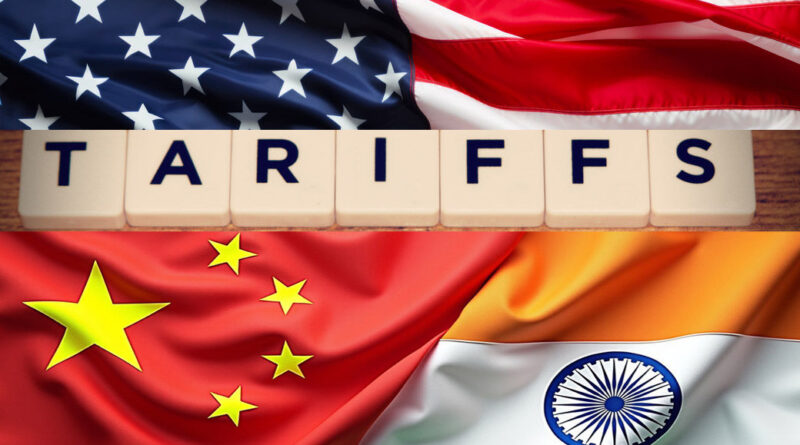Tiruppur Textile Industry Refutes Shutdown Rumors Amid US Tariffs
In Tiruppur, Tamil Nadu, a community of female employees contribute their labor to the textile industry. As the sector grapples with increasing US tariffs, high-profile figures from the industry have assembled in New Delhi, seeking solutions to this pressing issue. The Vice-Chairman of the Apparel Export Promotion Council stands out among the officials, having spent a majority of his recent time elucidating the state of affairs to the government.
There has been a rampant spread of misconceptions regarding the textile industry’s current scenario. Some of these unfounded rumors include tales of migrant workers being dismissed from their roles and sent back to their native places due to a supposed shutdown of textile units. These rumors have been strongly refuted by industry figures, emphasizing that no clothing-related industrial unit within Tiruppur has closed.
Countless migrant workers continue to be employed within Tiruppur’s textile town, showing no signs of industry decay. In fact, the atmosphere in Tiruppur, contrary to baseless rumors, tends to lean more towards ‘business as usual’. Nonetheless, the exact ramifications of the newly established tariffs are not fully understood yet. Established insiders have estimated that a comprehensive understanding might take at least a fortnight from the day of the tariff’s implementation.
It’s also crucial to note that not all textile units in Tiruppur exclusively conduct business with the US. Some have branched out their exports to different markets, such as Europe. Although the region is also dealing with its own trade challenges, it remains an expansive market for Tiruppur’s textile industry.
Despite what can seem like a bleak outlook, there’s a sliver of optimism within the industry. Sector leaders are enthused about the potential for a resolution, projecting that the various issues could be unraveled within a month’s time.
To adapt to the current challenge and meet their delivery deadlines, several goods have been rapidly transported by air to the US. A select group of clients were willing to take on the additional expense, as the clothing items were of urgent demand.
A major concern future in the face of these trade trials is the possible threat posed by Bangladesh. With a more favorable tariff landscape, Bangladesh could potentially outclass India in this sector. However, representatives assure that India’s focus on fashion-forward products and value-added services gives it a competitive edge.
Important to note is the fact that Bangladesh heavily relies on China for raw material supply. Given the escalating tariffs on Chinese goods imposed by the US, this dependency could indirectly harm Bangladesh’s textile industry. The origin of a country not only matters in terms of the finished product but also carries weight in the context of raw material provision.
The Chairman of a notable Tiruppur-based firm notes that the workforce employed in the readymade garment and ancillary units ranges from 800,000 to 1,000,000 individuals. This juxtaposition paints a different picture than the notion of workers being laid off due to the tariff imposition.
It is imperative to clarify that if layoffs were to occur, they would not disproportionately affect the migrant workers. Instead, job losses would potentially span all worker categories and would be contingent on the textiles units that might face substantial effects from elevated tariffs.
Tiruppur’s textile industry cluster, along with the ones in Coimbatore, Karur, Salem, and Erode, heavily draw their workforce from various other states. These states include Uttar Pradesh, West Bengal, Bihar, Chattisgarh, and several North East states. The natural diversity contributes to a vast range of job roles being filled in the industry, including but not limited to sewing, ironing, packaging, and cutting.
Estimates suggest that Tiruppur alone boasts a workforce of approximately 300,000 migrant employees within its textile industry. When considering all employee categories, the number can increase exponentially, reaching up to one million industry workers.
The textile units that rely heavily on the US market undoubtedly face an uphill battle. The newly implemented tariffs present an undeniably challenging landscape that will test their survival and adaptability. However, they are not facing these challenges alone, and the Indian textile industry’s resilience will be a key factor in weathering this economic storm.

